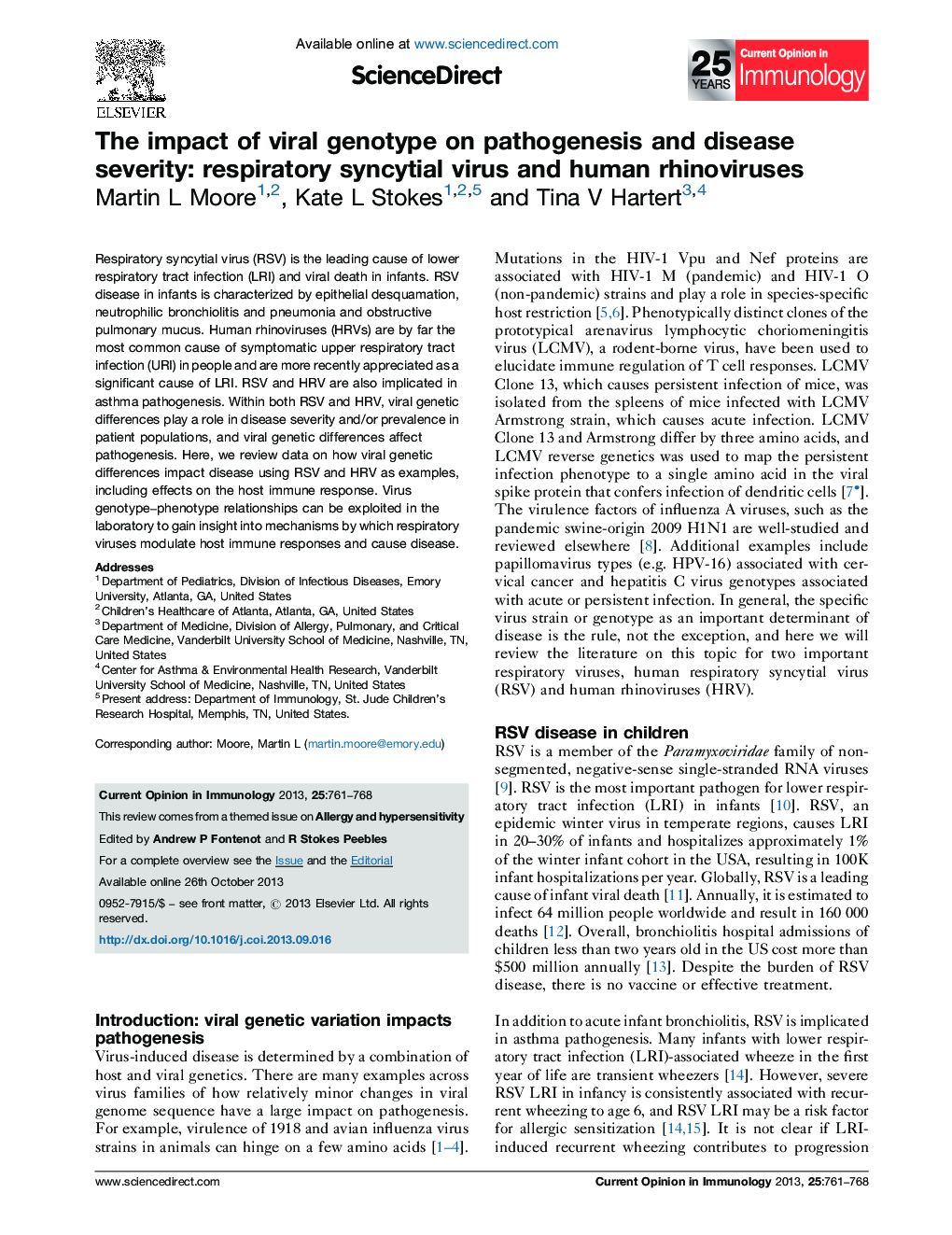| Article ID | Journal | Published Year | Pages | File Type |
|---|---|---|---|---|
| 3345875 | Current Opinion in Immunology | 2013 | 8 Pages |
•RSV and HRV cause LRI, are linked to asthma, and show strain-specific virulence.•RSV strain-specific mucus induction has been mapped to the viral fusion protein.•HRV species C is associated with asthma, and A and C cause more disease than B.•Viral strain-specific phenotypes can be used to dissect pathogenesis mechanisms.•Distinct RSV fusion proteins induce more or less neutrophils which regulate IL-13.
Respiratory syncytial virus (RSV) is the leading cause of lower respiratory tract infection (LRI) and viral death in infants. RSV disease in infants is characterized by epithelial desquamation, neutrophilic bronchiolitis and pneumonia and obstructive pulmonary mucus. Human rhinoviruses (HRVs) are by far the most common cause of symptomatic upper respiratory tract infection (URI) in people and are more recently appreciated as a significant cause of LRI. RSV and HRV are also implicated in asthma pathogenesis. Within both RSV and HRV, viral genetic differences play a role in disease severity and/or prevalence in patient populations, and viral genetic differences affect pathogenesis. Here, we review data on how viral genetic differences impact disease using RSV and HRV as examples, including effects on the host immune response. Virus genotype–phenotype relationships can be exploited in the laboratory to gain insight into mechanisms by which respiratory viruses modulate host immune responses and cause disease.
